The world is filled with breathtaking natural wonders, but many of these landscapes and ecosystems are under increasing pressure due to human activity.

Pollution, deforestation, climate change, and tourism are taking a toll on some of the most extraordinary places on Earth. While nature has an incredible ability to heal, many of these wonders are reaching a tipping point where irreversible damage could occur. Recognising the threats they face is the first step toward protecting them for future generations.
The Great Barrier Reef is suffering from coral bleaching.
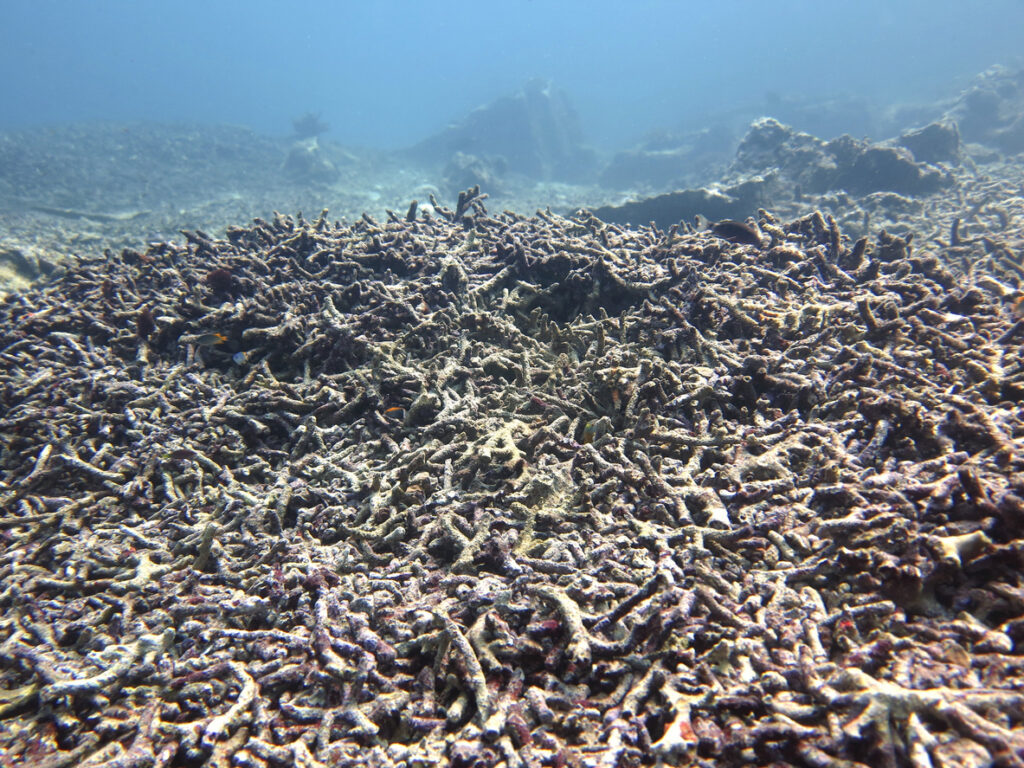
Once a vibrant underwater paradise, the Great Barrier Reef is rapidly deteriorating due to rising ocean temperatures, pollution, and overfishing. Coral bleaching, caused by warming waters, has already affected large sections of the reef, weakening its ability to recover. If temperatures continue to rise, much of this incredible marine ecosystem could be lost.
Protecting the reef requires reducing pollution, supporting sustainable fishing practices, and addressing climate change at a global level. Responsible tourism and conservation efforts can also help slow the damage and allow the reef a chance to regenerate.
The Amazon Rainforest is disappearing at an alarming rate.
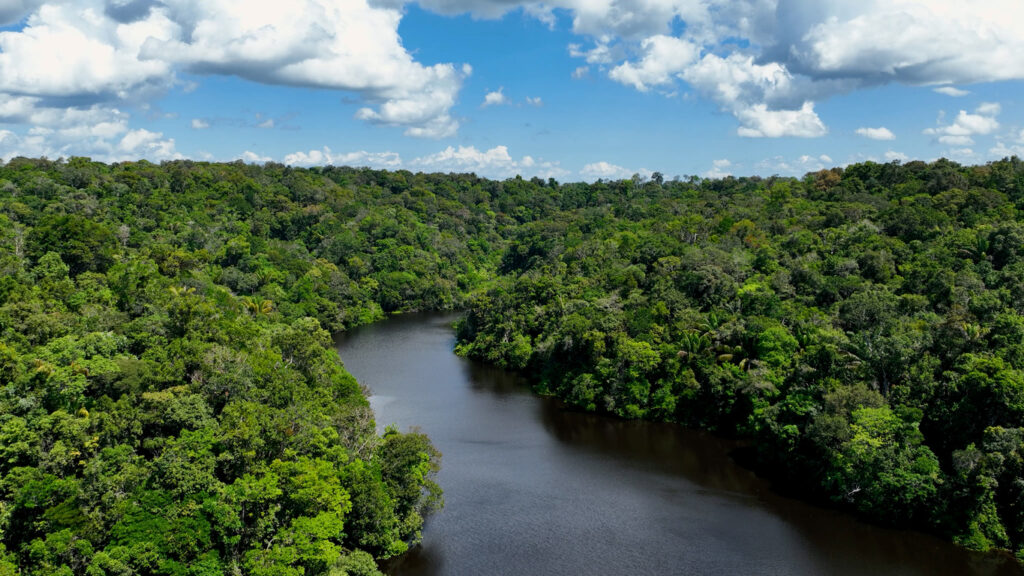
Known as the “lungs of the Earth,” the Amazon Rainforest produces oxygen, regulates global temperatures, and supports millions of species. However, deforestation for agriculture, mining, and logging is destroying vast sections of the forest at an unprecedented rate. As trees are cut down, biodiversity declines, and carbon storage is lost, accelerating climate change.
Protecting the Amazon means enforcing anti-deforestation policies, promoting sustainable agriculture, and supporting indigenous communities who have lived in harmony with the forest for centuries. Without urgent action, the world’s largest rainforest could reach an irreversible tipping point.
The Dead Sea is shrinking rapidly.
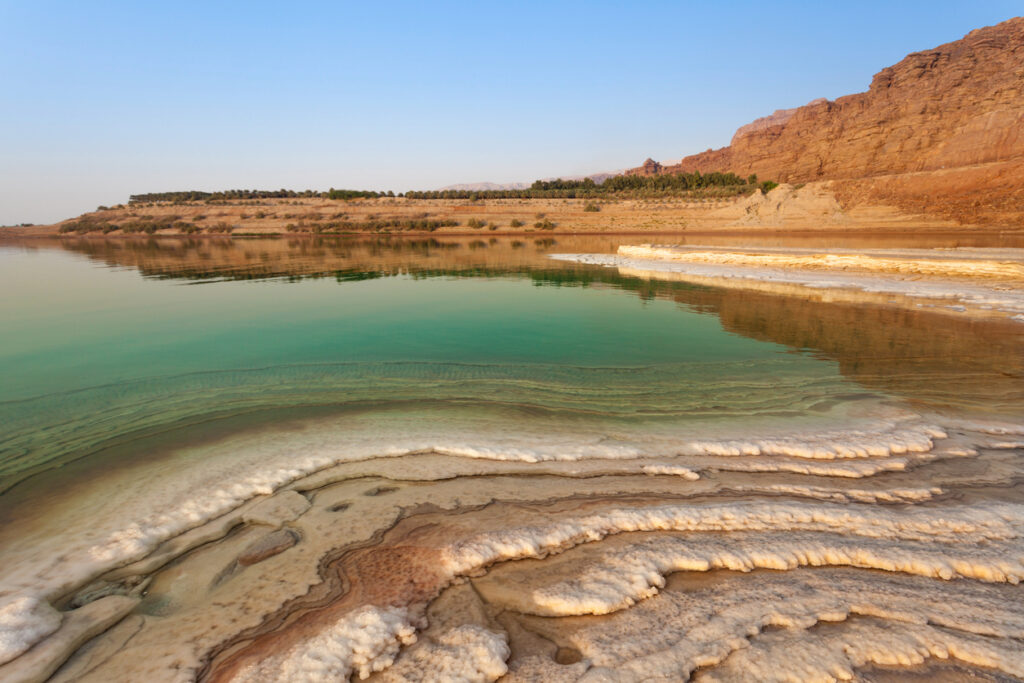
Famous for its high salt content and therapeutic waters, the Dead Sea is shrinking at an alarming rate. Water diversion from the Jordan River, which feeds the sea, combined with mineral extraction and climate change, has caused water levels to drop drastically. This has led to the formation of dangerous sinkholes and a rapidly retreating shoreline.
Efforts to restore the Dead Sea include water conservation projects, regional cooperation, and alternative desalination solutions. Without intervention, this ancient wonder could disappear entirely in the coming decades.
Antarctica’s ice sheets are melting.

Antarctica’s vast ice sheets are melting faster than ever due to rising global temperatures. As ice melts, sea levels rise, threatening coastal cities and ecosystems around the world. The Antarctic Peninsula, in particular, is experiencing record-breaking temperature increases, leading to habitat loss for penguins, seals, and other wildlife.
Reducing greenhouse gas emissions is crucial in slowing ice loss and preserving Antarctica’s fragile ecosystem. Scientific research and international agreements play a vital role in protecting this remote but critical region.
The Galápagos Islands are struggling with tourism and invasive species.
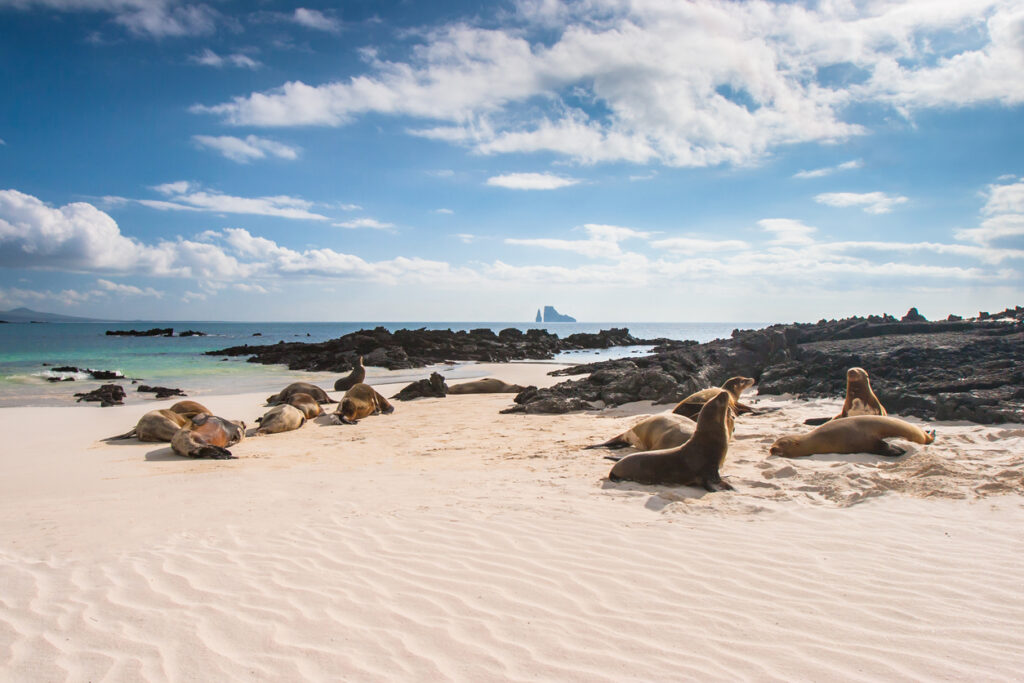
The Galápagos Islands, famous for inspiring Darwin’s theory of evolution, are facing increasing threats from tourism, climate change, and invasive species. The unique wildlife that calls these islands home is highly sensitive to environmental changes, and growing human activity has introduced non-native species that disrupt delicate ecosystems.
Strict conservation efforts, sustainable tourism, and wildlife protection laws are essential in preserving the Galápagos Islands. Carefully managed tourism allows people to experience the islands’ beauty while ensuring they remain protected.
Mount Everest is covered in waste.
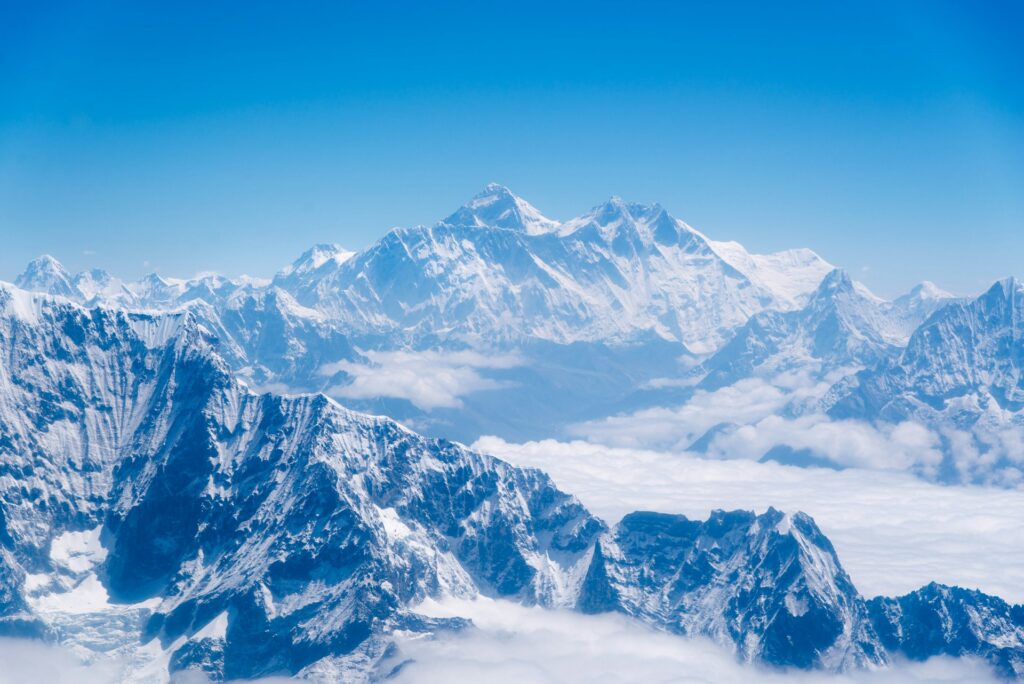
The world’s highest peak, Mount Everest, is suffering from an unexpected problem—garbage. Decades of climbing expeditions have left behind tonnes of waste, including abandoned tents, oxygen bottles, and human waste. As more people attempt the climb, the environmental impact grows, putting the mountain’s fragile ecosystem at risk.
New regulations require climbers to remove their waste, and clean-up expeditions have begun clearing years of accumulated debris. Stricter guidelines and responsible tourism can help reduce the environmental damage to this iconic natural wonder.
The Congo Basin is under threat from deforestation.
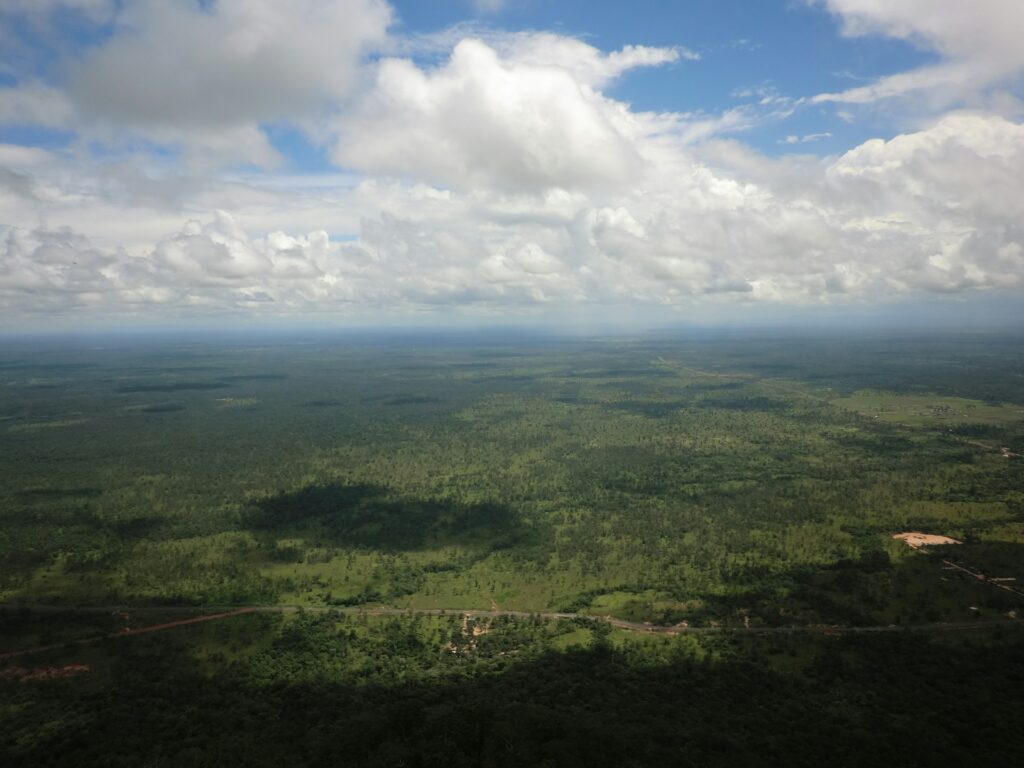
The Congo Basin is the second-largest rainforest in the world and a critical carbon sink, absorbing vast amounts of CO₂. However, illegal logging, mining, and agricultural expansion are leading to widespread deforestation. The destruction of this rainforest not only contributes to climate change but also threatens endangered species like gorillas, elephants, and leopards.
Strengthening conservation policies, supporting sustainable industries, and protecting indigenous land rights are essential in saving the Congo Basin. Without intervention, this vital ecosystem could be lost within the next few decades.
The Maldives is sinking due to rising sea levels.
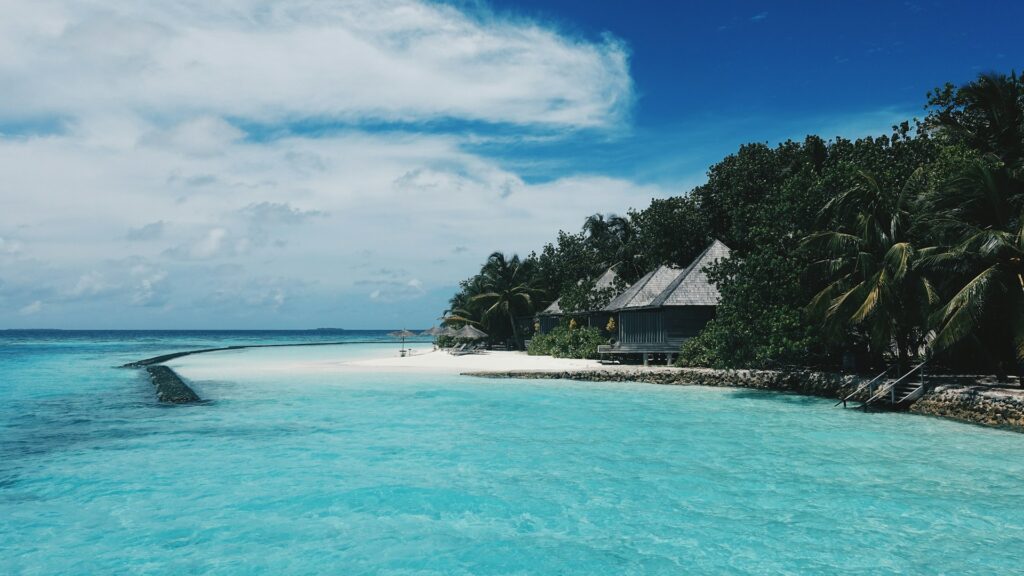
The Maldives, a paradise of white sandy beaches and turquoise waters, is one of the most vulnerable places on Earth to climate change. Rising sea levels are slowly swallowing the islands, threatening homes, marine life, and coral reefs. If global temperatures continue to rise, much of the Maldives could be underwater within the next century.
Investing in sustainable infrastructure, reducing carbon emissions, and restoring coral reefs are key to protecting the Maldives. Urgent action on climate change is necessary to prevent these islands from disappearing altogether.
The Everglades are drying up.
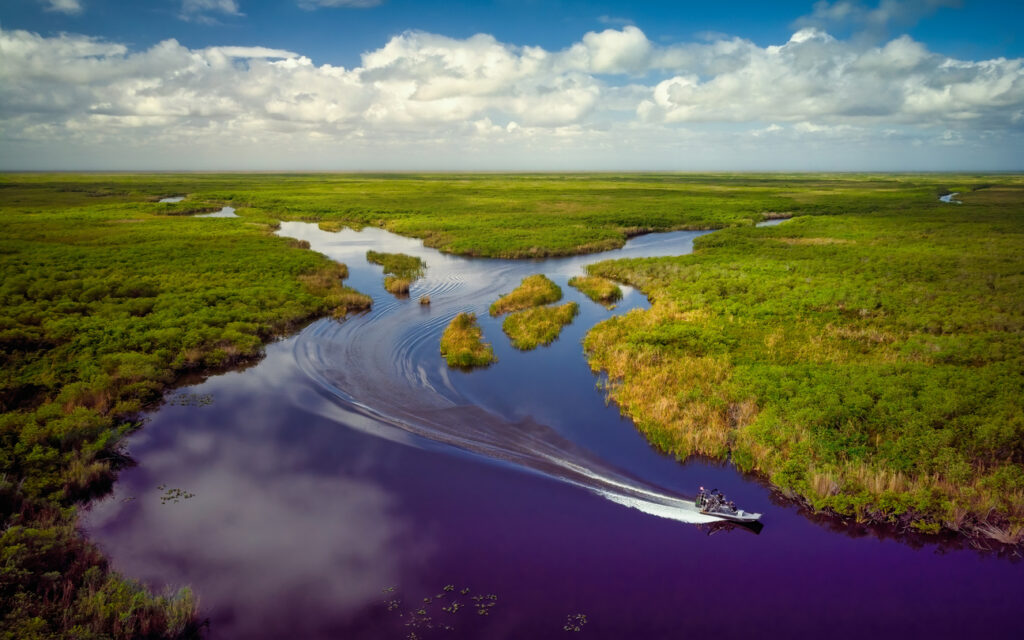
The Florida Everglades, one of the world’s most unique wetlands, is being drained and polluted at alarming rates. Water diversion for agriculture and urban development has disrupted the natural flow of water, endangering the fragile ecosystem. Invasive species, like the Burmese python, have also caused imbalances in the food chain, further harming native wildlife.
Restoration projects aim to restore natural water flow, reduce pollution, and protect native species. Continued conservation efforts are essential in saving this vast wetland from irreversible damage.
The Okavango Delta is facing water scarcity.

One of Africa’s most pristine ecosystems, the Okavango Delta, is a haven for wildlife, including elephants, hippos, and lions. This seasonal wetland depends on rainfall from Angola, but increasing droughts, climate change, and human intervention threaten its delicate balance. Reduced water levels mean less habitat for wildlife and disruptions to local communities who rely on the delta.
Sustainable water management and conservation initiatives are necessary to ensure the survival of this extraordinary ecosystem. Protecting the delta benefits both wildlife and the people who depend on its resources.
The Great Wall of China is crumbling due to tourism and erosion.

While primarily a man-made wonder, the Great Wall of China is deeply intertwined with the surrounding landscape. Centuries of erosion, combined with over-tourism and neglect, have led to sections of the wall crumbling. Climate change has also played a role, with extreme weather further weakening its structure.
Conservation efforts are in place to restore and protect the wall, but managing tourism and preventing further erosion remain challenges. Preserving this cultural and natural landmark ensures that future generations can continue to experience its beauty and history.
Victoria Falls is drying up.
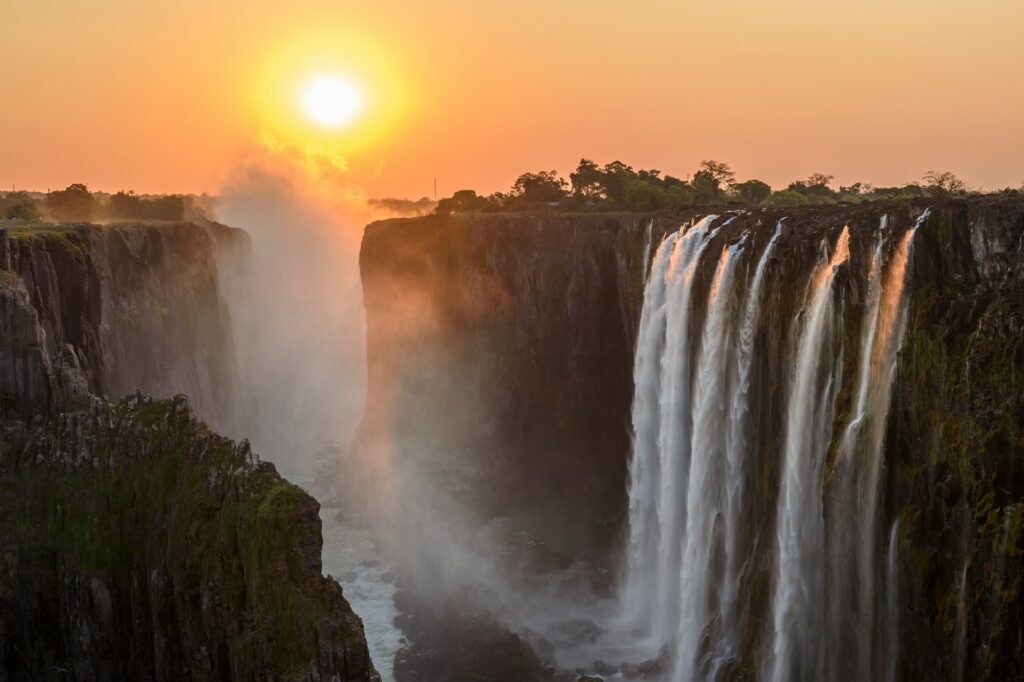
One of the largest and most spectacular waterfalls in the world, Victoria Falls, is experiencing lower water levels due to prolonged droughts and climate change. In recent years, parts of the falls have temporarily dried up, raising concerns about its future. With changing rainfall patterns and rising temperatures, this natural wonder faces an uncertain fate.
Protecting Victoria Falls requires addressing climate change, implementing water conservation efforts, and ensuring sustainable tourism practices. Without action, one of Africa’s most iconic landmarks could lose its powerful flow.